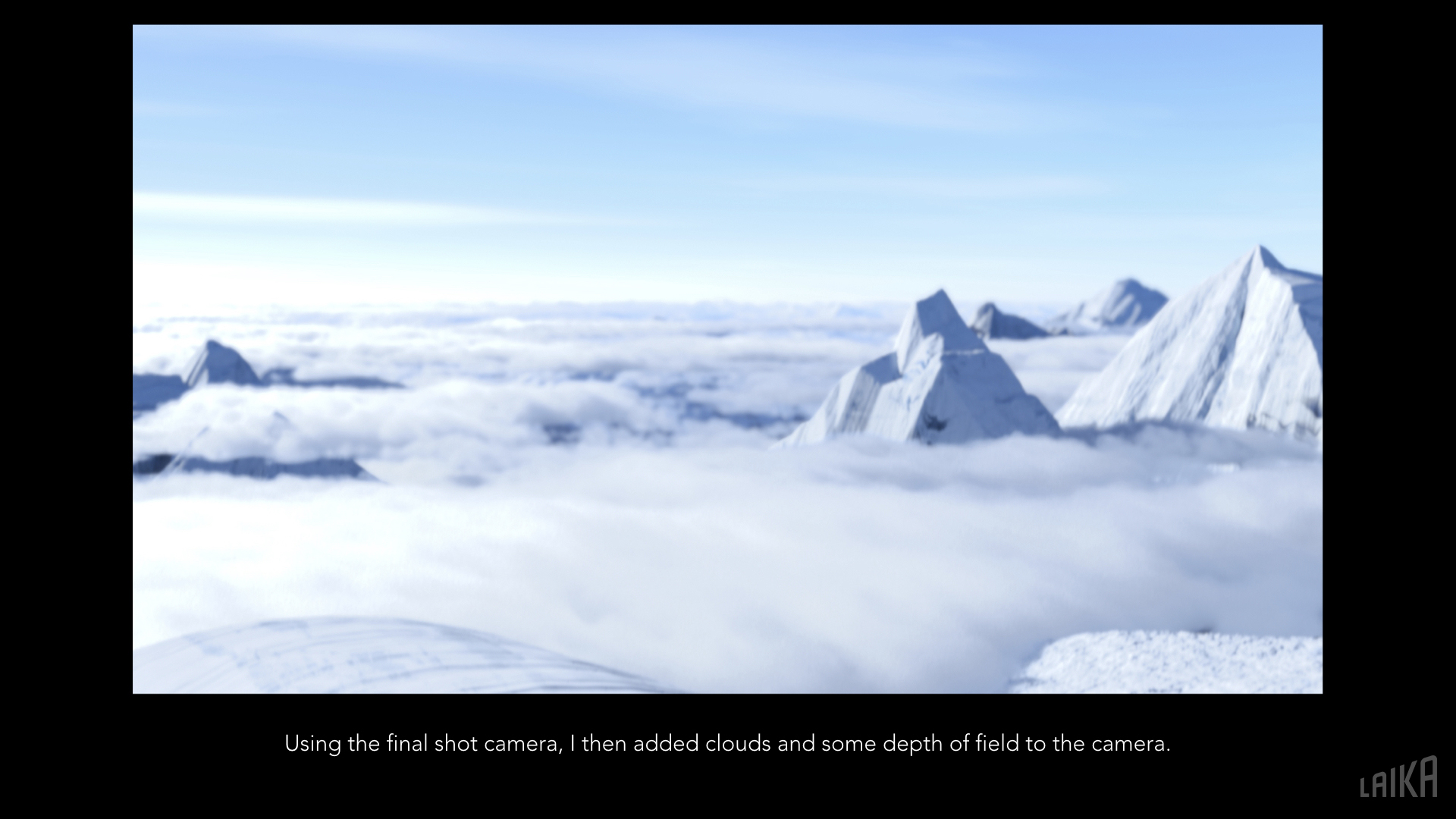

To save time and get a clearer view you can temporarily turn off the trees: Switch to the Objects tab, find the grand fir population and clear the "Active" check box. If you want to see what your cloud layer looks like now is a good time to make a test render it may also be a good time to save your work, giving it an incremental file name is probably a good idea too i.e. Note: If you want to produce exactly the same result as I did you can change the seed value to 25006 but he cloud layer we are making is fairly even so although there will be small differences if you use a deferent seed value they will not significantly affect the final result.

You can leave all the other settings at their defaults. Refer to the composite image, left if you are not sure. Now we need to make a few changes to the cloud Density Fractal settings open the properties panel for the Density Fractal associated with your cloud layer. There is no need to change any of the other settings at this stage. From the Main tab of the properties panel make the following changes: At this stage we want a fairly dense overall cloud coverage with small variations and a scattering of little gaps. Switch to the Atmosphere tab and add a 3d Altocumulus layer. There is no absolute need to start with this scene but it will make the following steps easier as you will be able to enter the values given and obtain the same result as described.īefore we can use our Painted Shader to mask where clouds will appear in our scene we will first need to add the cloud layer. If you do get an error switch to the Objects tab, locate the tgo loader for the tree (Pop CL02a_Grand_Fir.tgo/ CL02a_Grand_Fir.tgo), from the list click the browse icon to he right of the file name and navigate to the location where you have the model saved, save the scene. tgo Terragen 2 scene file and will be assuming that you have downloaded it and are using it as your starting point.Īs it is unlikely that you will have saved the tree model in exactly the same relative place that I do Terragen will probably generate an error when you first load this scene file. Rather than spend time going through the steps required to reach this stage, which would need to be quite detailed if you were to start with exactly the same scene as that pictured right.
#TERRAGEN SKIES FREE#
Let's start with a simple scene, nothing special just the default planet and atmosphere with a population of Terragen's integral grass clump object and another of trees the Grand Fir provided free by Greenworks and available from the Planetside website: Here.

This guide will take you through the steps and let you paint clouds into your sky. The steps involved are nothing too complicated but there are a couple of little points that need explanation. In general terms the solution is quite simple and obvious once you think about it: Place a Plane object at the same height as your clouds and paint onto that. The problem is that the Painted Shader needs a surface to be painted onto and when the camera is looking at the sky the only surface visible is usually the Background which is typically millions of units distant and therefore of little use. This would allow clouds to be "painted", just where they are wanted. It would be much simpler if you could leave the camera where you have it positioned in the scene and paint onto the sky. You can use a camera with a high view point to paint onto the ground below the areas where you want clouds but this is not always practical and it can be difficult to position clouds accurately. The first two are simpler as the Painted Shader is applied directly to the ground where it will apply.
#TERRAGEN SKIES HOW TO#
While it is fairly easy to figure out how to use the Painted Shader to mask areas where a Surface Layer is applied or to control the distribution of a population, it is not so simple to use it to paint in the sky to control the placement of clouds. Mr_LAMPPOST's Guide To Painting Clouds With Terragen 2


 0 kommentar(er)
0 kommentar(er)
